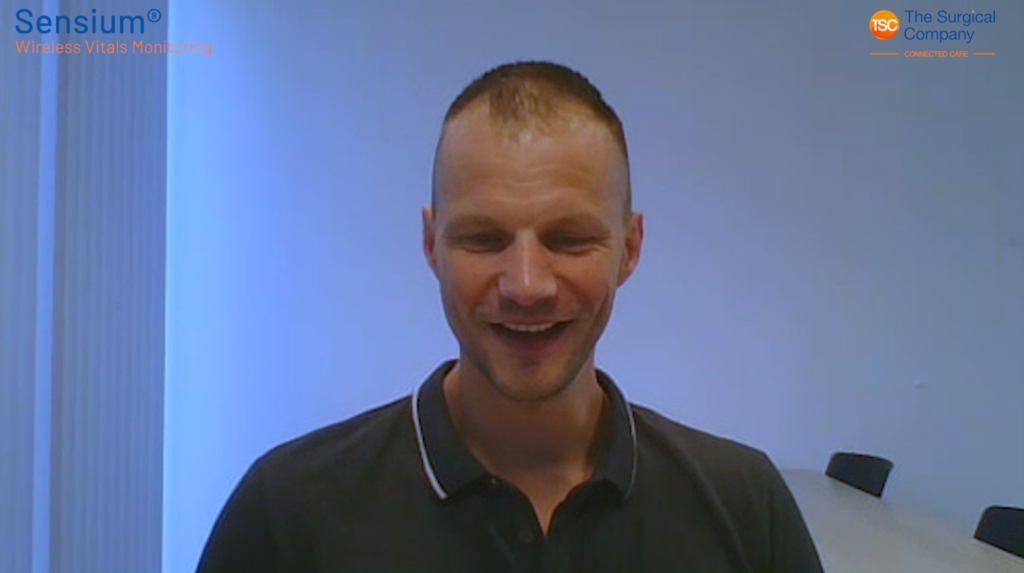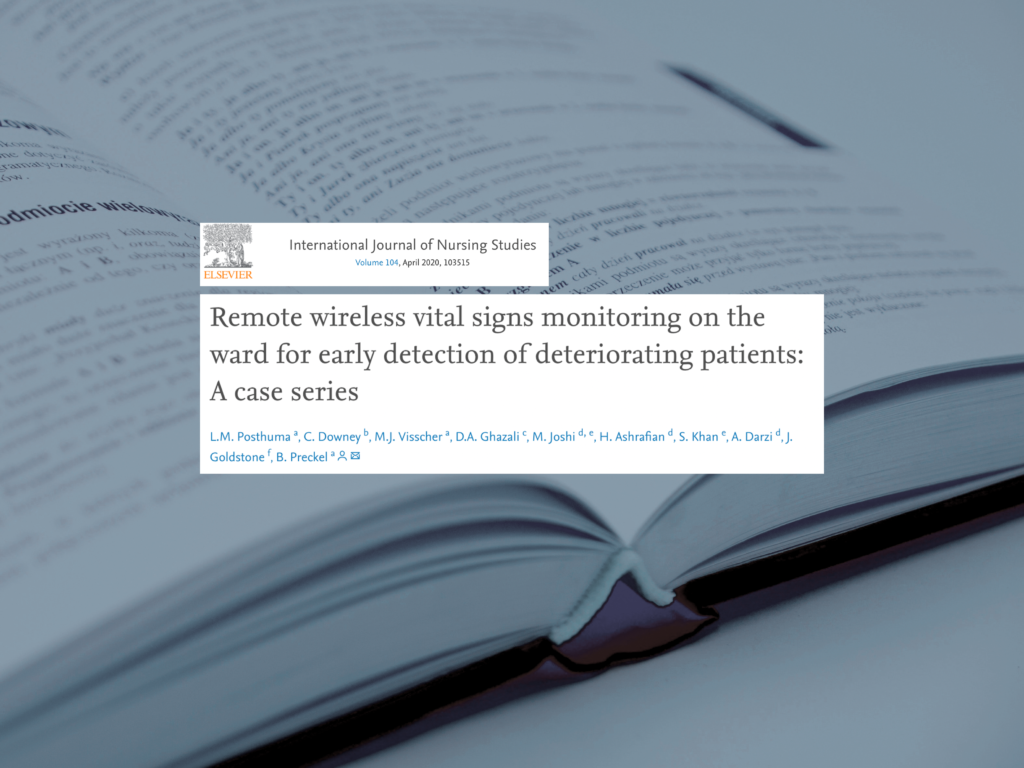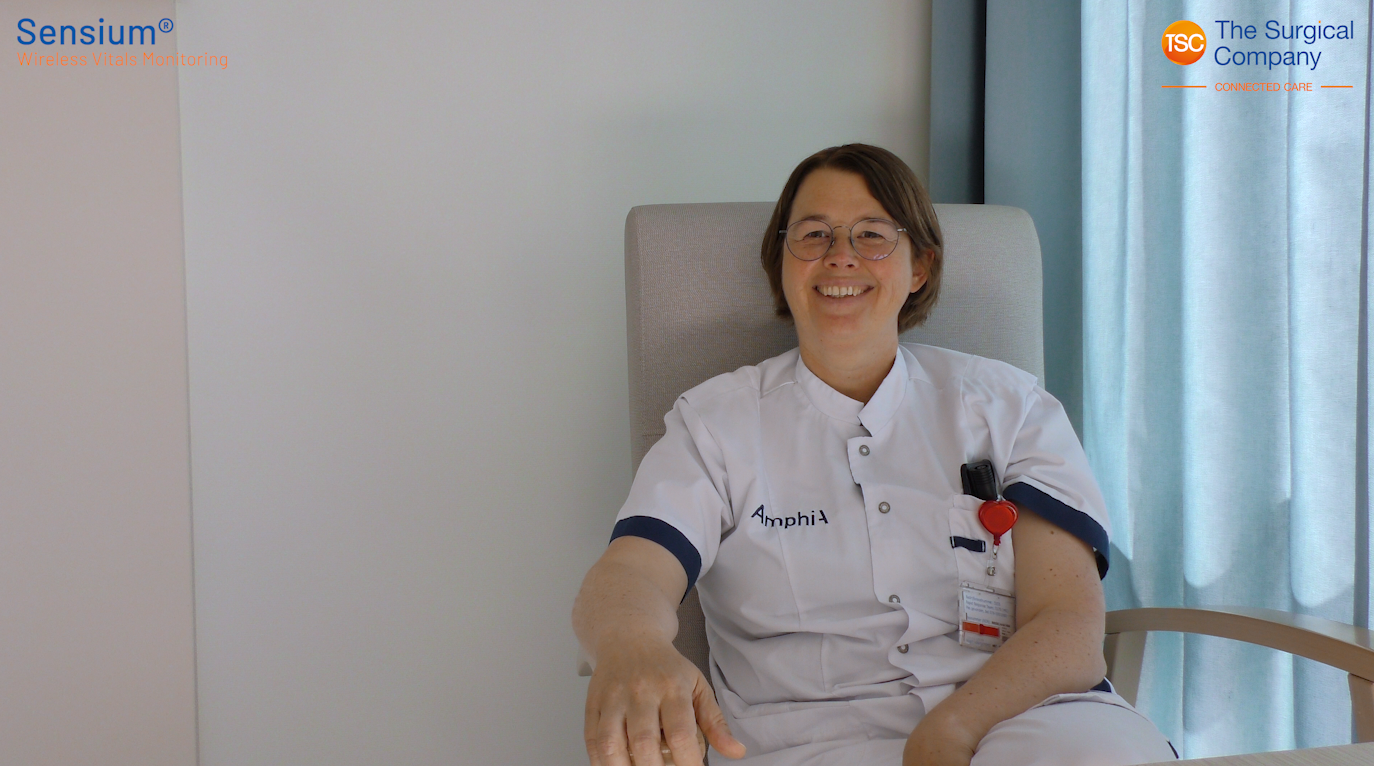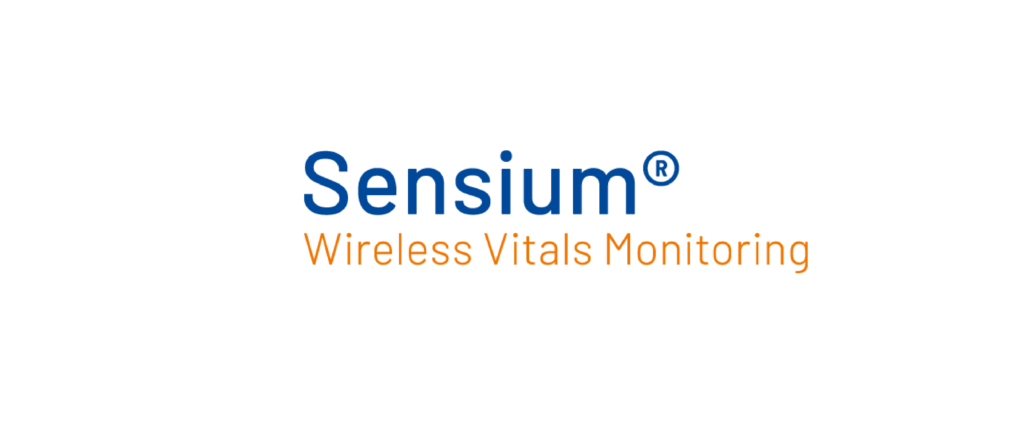Summary
Introduction
Remote wireless monitoring is a new technology that allows the continuous recording of ward patients’ vital signs, supporting nurses by measuring vital signs frequently and accurately. A case series is presented to illustrate how these systems might contribute to improved patient surveillance.
Methods and results
Clinicians from five European hospitals including AMC, Amsterdam, Bichat, Paris, UCLH and Imperial college, London and St James’s, Leeds reported cases using a remote wireless vital signs monitoring system on medical or surgical wards. Heart rate, respiratory rate and temperature were measured by the system every 2 min.
Nine casestudies from across the five hospitals are presented. Four cases of (paroxysmal) atrial fibrillation are presented, two cases of sepsis and one case each of pyrexia, cardiogenic pulmonary edema and pulmonary embolisms.
All cases show that the remote monitoring system revealed the first signs of ventilatory and circulatory deterioration before a change in the trends of the respective values became obvious by manual vital signs measurement.
Discussion
This case series illustrates that a wireless remote vital signs monitoring system on medical and surgical wards has the potential to reduce time to detect deteriorating patients










